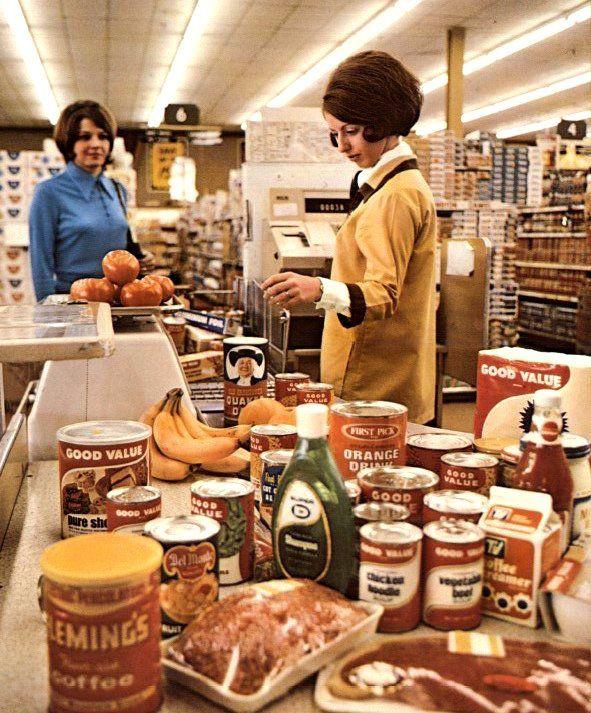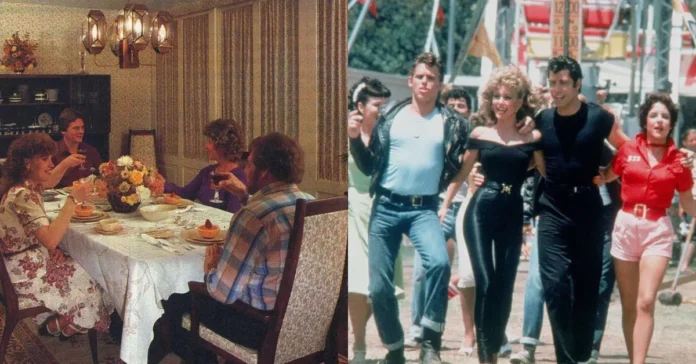Here are Some 15 Modern Innovations Made Us Lazy and Self-Centered
The 1980s were a time when life was simpler, but daily tasks often required physical effort and a more hands-on approach. With today’s technological advancements, convenience has become the priority in day-to-day life, but that convenience comes at a cost. While modern innovations have undoubtedly made life easier, they’ve also contributed to a more sedentary and less healthy lifestyle. Here are 15 everyday innovations that have made us lazier and less active compared to life in the early 1980s:
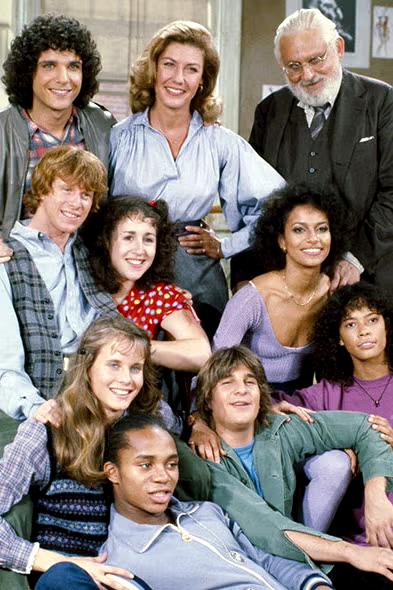
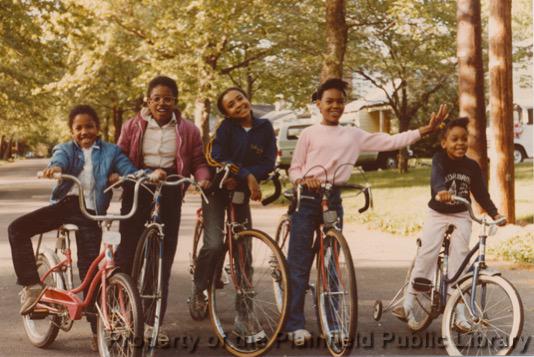
1. Remote Controls vs. Manual Television Operation.
In the early 1980s, changing the channel or adjusting the volume required getting up and physically turning the dial or knob on the TV. Today, remote controls (or even voice commands) allow us to stay seated while controlling everything, encouraging more hours of uninterrupted sitting and less movement.

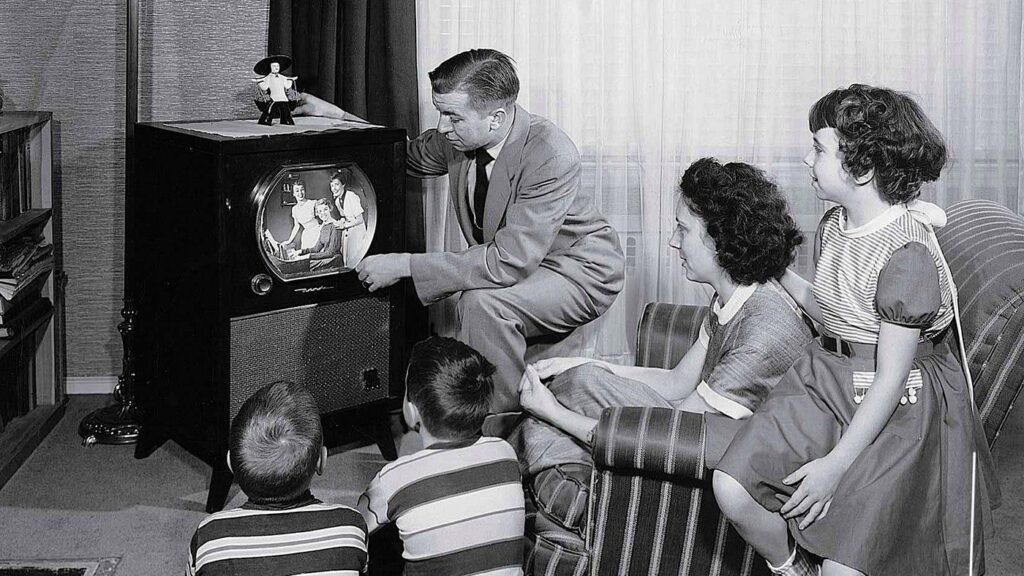
2. Microwaves vs. Stove-Top Cooking.
Microwaves were a rising trend in the 1980s, but they were used less frequently than today. Cooking meals from scratch using a stove or oven required more time and effort, which not only provided healthier meals but also forced people to be more active in the kitchen. Today, microwaves make it easy to heat pre-packaged, often unhealthy, processed foods in minutes, leading to poorer dietary choices and less involvement in the cooking process.
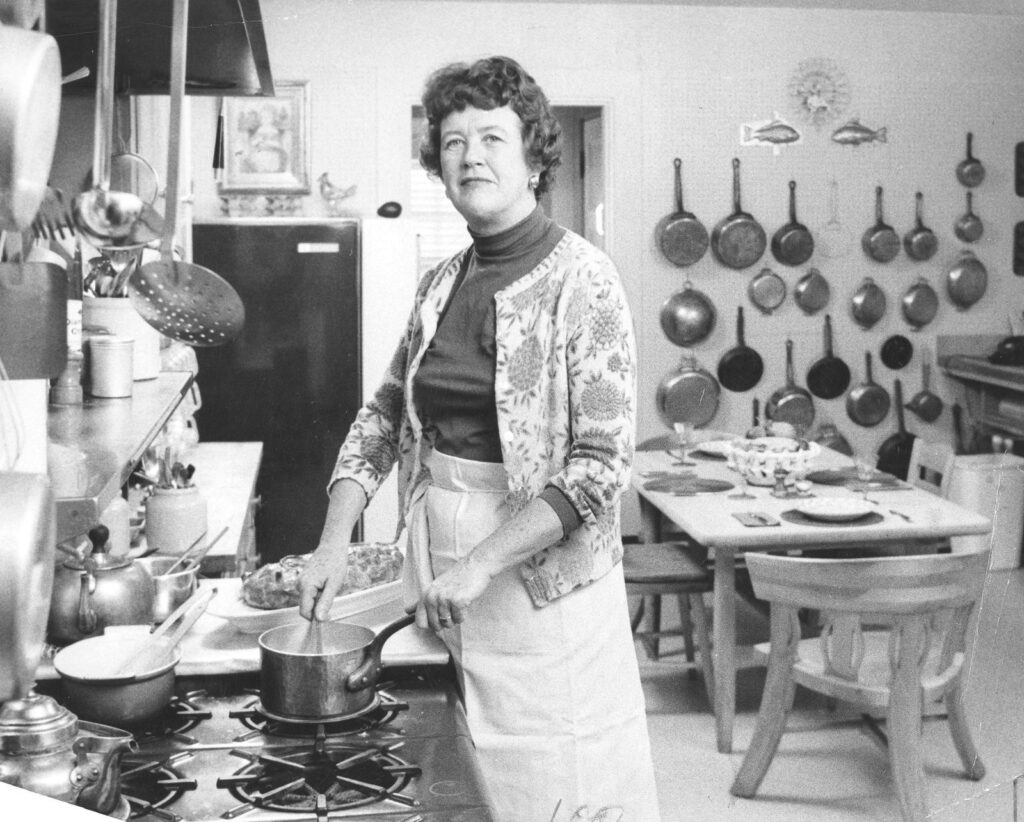
3. E-Books vs. Physical Books
Reading in the 1980s meant holding a physical book, which often involved trips to the library or bookstore, requiring movement and engagement. E-books have made reading more convenient but have also tethered readers to screens, reducing the physical activity that accompanied the traditional book-purchasing process.

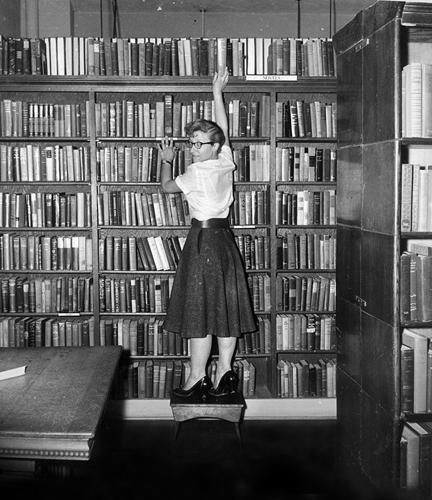
4. Dishwashers vs. Handwashing Dishes.
While dishwashers existed in the 1980s, they were less common in many households. Washing dishes by hand was a daily chore that required standing, scrubbing, and drying. Today, dishwashers have become more advanced and ubiquitous, reducing the need for manual labor and encouraging a more passive routine after meals.
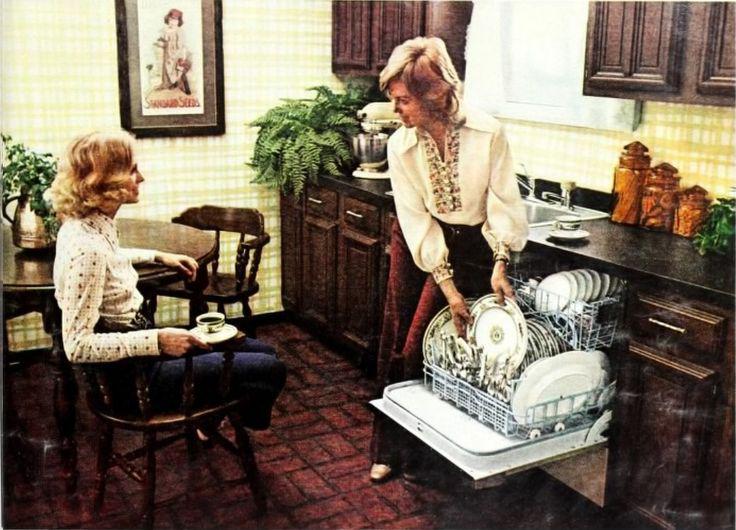
5. Digital Banking vs. Going to the Bank.
In the early ’80s, managing your finances involved going to the bank, filling out deposit slips, and talking to a teller. This process required getting dressed, walking or driving to the bank, and physically engaging with your financial tasks. Today, online banking and apps have made it possible to manage everything from your phone or computer, reducing physical movement while increasing screen time.
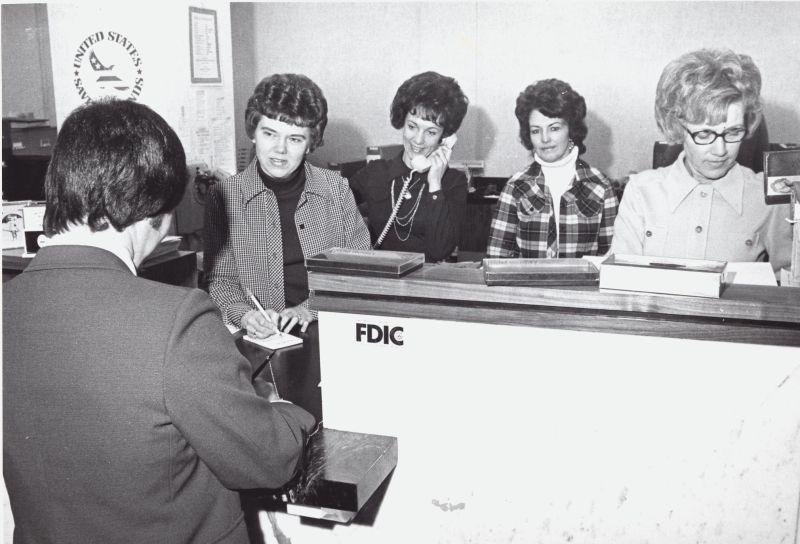
6. Supermarkets vs. Local Markets and Home Gardens.
In the 1980s, while supermarkets were growing in popularity, many people still relied on local markets, farm stands, and even their gardens for fresh produce. This meant more walking, outdoor activity, and engagement with food sources. Today’s supermarkets and online grocery delivery services make it easier to get food without leaving your home, often leading to less physical activity and less attention to the quality of what we eat.
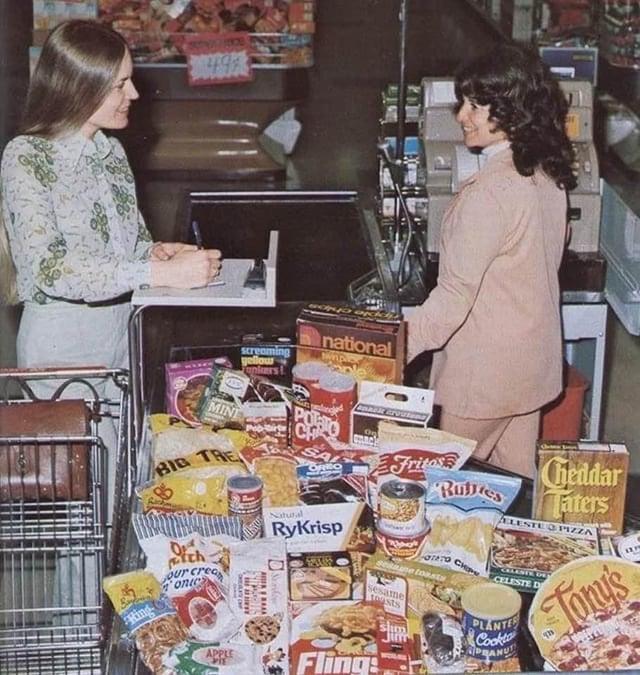
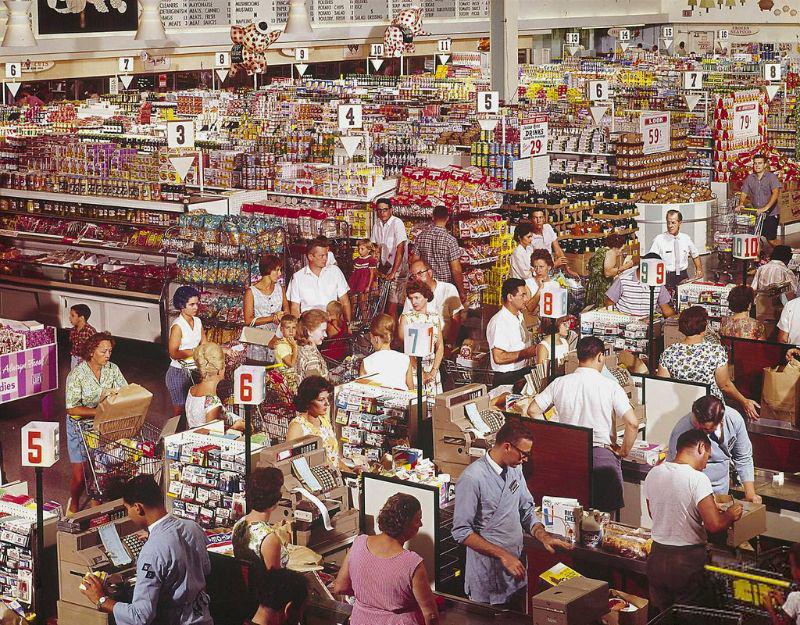
7. Ride-Sharing Apps vs. Driving or Public Transportation
During the 1980s, driving yourself or taking public transportation required more engagement and movement, whether it was walking to the bus stop or parking and walking to your destination. Ride-sharing services like Uber and Lyft now make it possible to get door-to-door service with minimal effort, reducing the need to walk or engage with the environment.
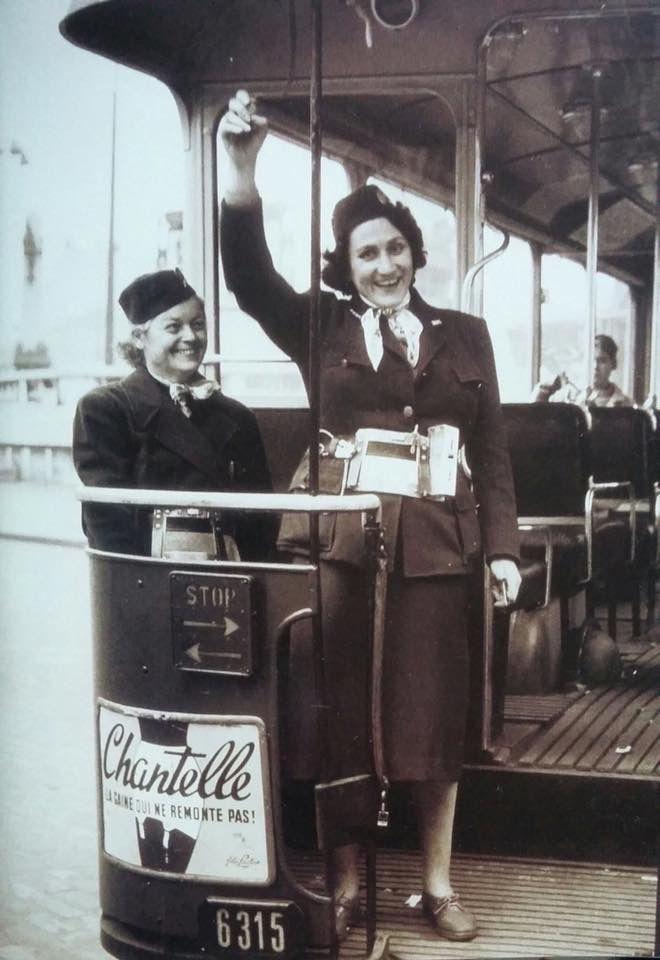
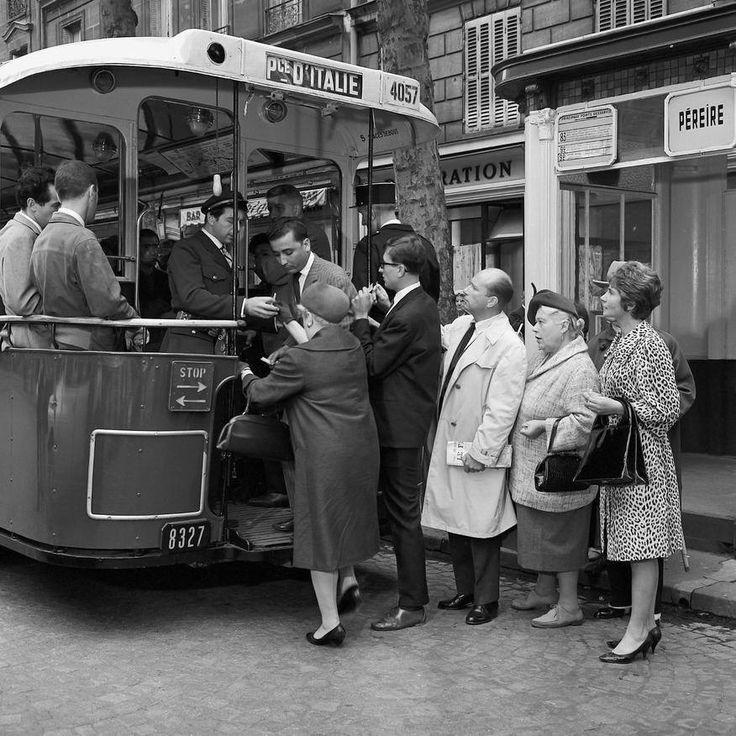
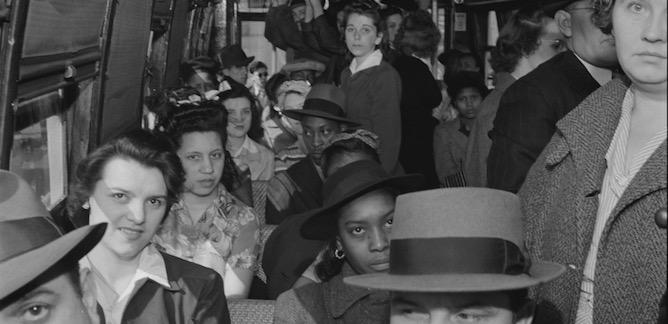
8. Automatic Car Windows and Locks vs. Manual Controls.
In the early 1980s, rolling down car windows and locking doors were manual tasks that involved physical movement. Now, automatic windows and locks are standard features in most vehicles, allowing us to make these adjustments with the push of a button, further reducing our daily physical engagement.

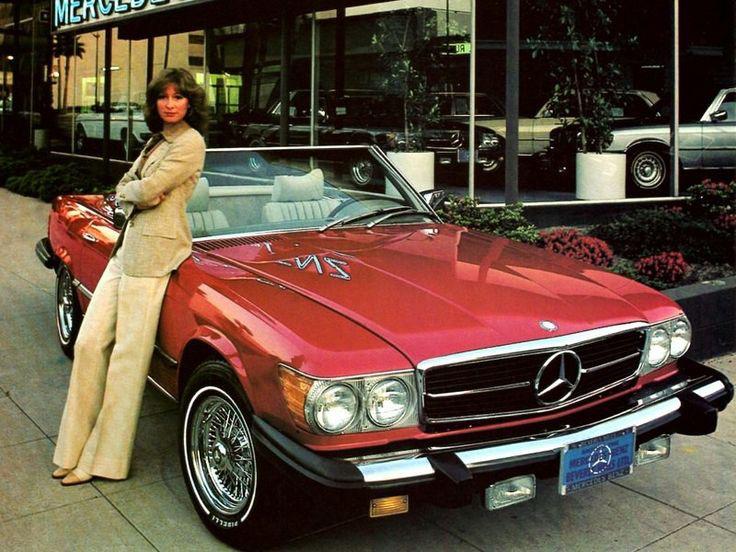
9. Smart Home Lighting vs. Light Switches.
In the early ’80s, turning lights on and off required physically flipping a switch. With modern smart lighting systems, you can control your home’s lights from anywhere using your smartphone or voice assistant. This convenience reduces the need for small but consistent movements around the house.
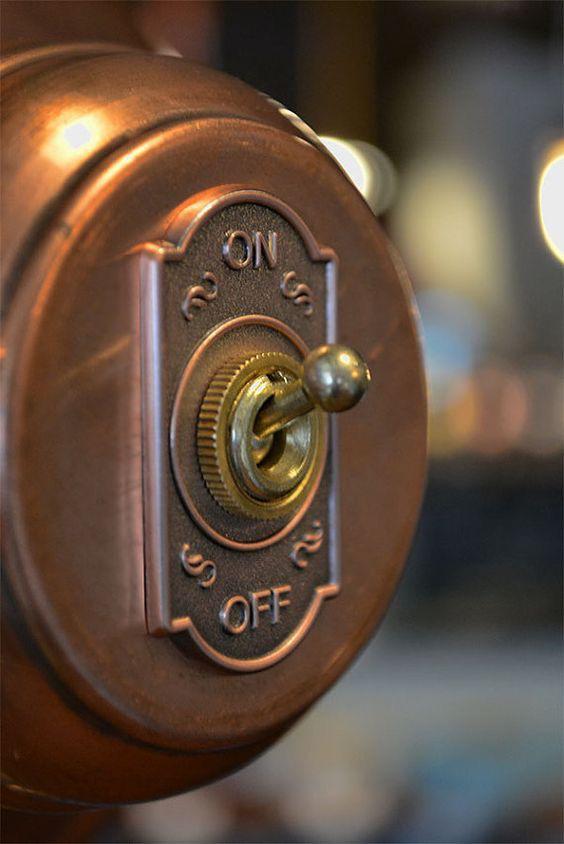
10. Email vs. Physical Mail.
In the 1980s, sending a letter meant writing it by hand, addressing an envelope, and walking to the post office or mailbox. This process required time and movement. Today, email allows us to communicate instantly, but it keeps us sitting at our desks or on our phones, eliminating the physical activity associated with traditional mailing.
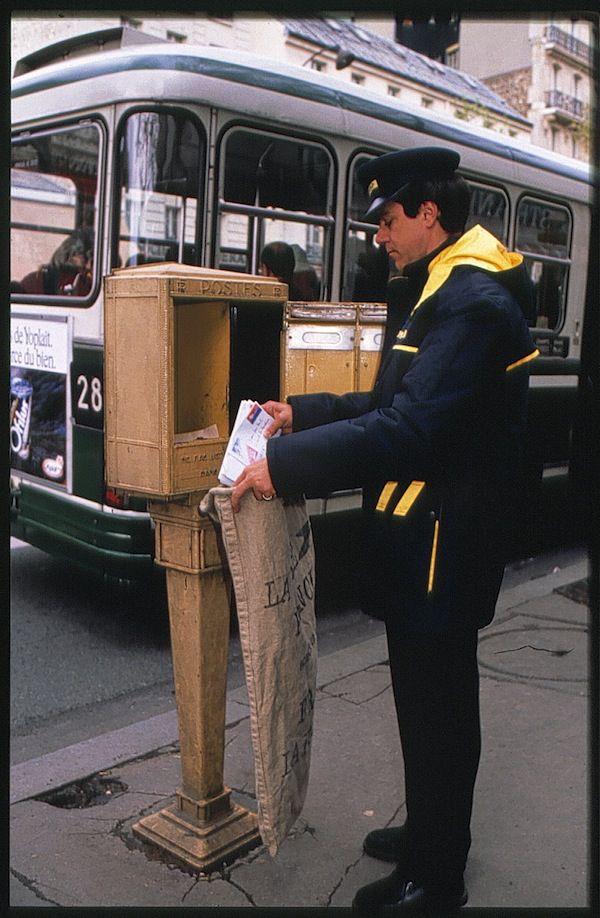
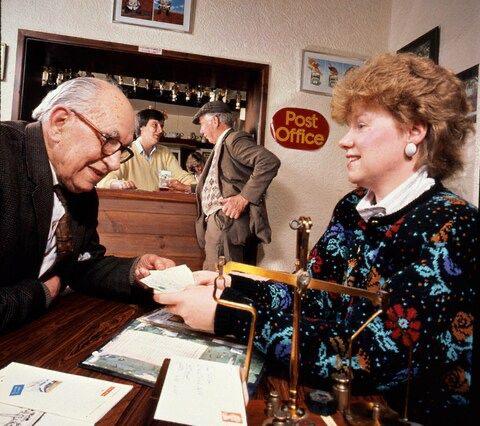
11. Pre-Cut Vegetables vs. Chopping Fresh Ingredients.
In the early ’80s, meal preparation involved peeling, chopping, and preparing fresh ingredients by hand. Modern supermarkets offer pre-cut vegetables, salads, and fruits, making it easier to skip the effort. While convenient, these shortcuts remove the active involvement in meal preparation and contribute to a more sedentary cooking experience.
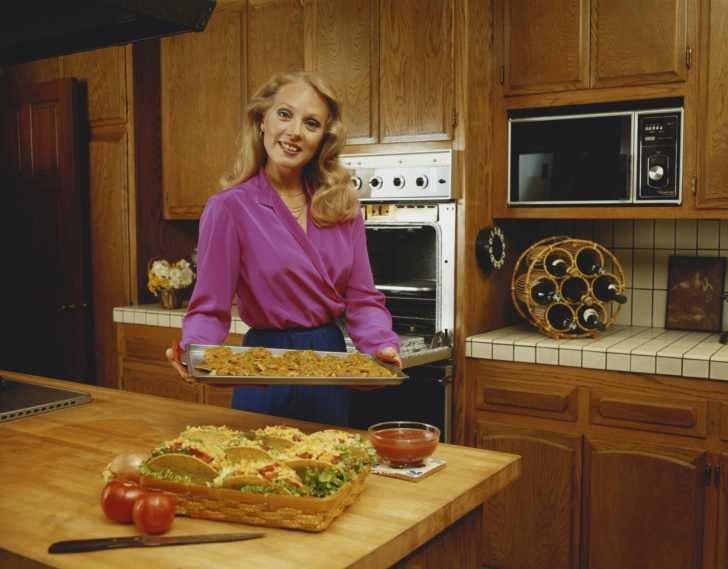
12. Automatic Coffee Machines vs. Manual Brewing.
In the 1980s, brewing coffee often involved manually preparing coffee grounds, boiling water, and using a percolator or drip machine. Today’s fully automatic coffee makers, like Keurig machines, do all the work for you. While it’s convenient to have a cup of coffee at the push of a button, it reduces the small physical tasks involved in making a traditional brew.

13. Fitness Trackers vs. Actual Physical Activity
In the ’80s, exercise was done for health, not to reach a certain number on a fitness tracker. Today, many rely on gadgets like Fitbits or Apple Watches to measure their movement, sometimes focusing more on hitting arbitrary goals than engaging in meaningful, sustained exercise. While these devices can motivate some, they can also create a false sense of achievement with minimal effort.
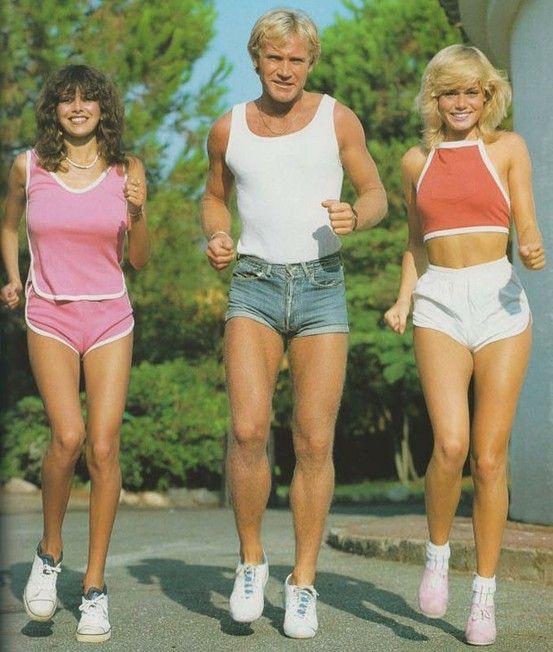
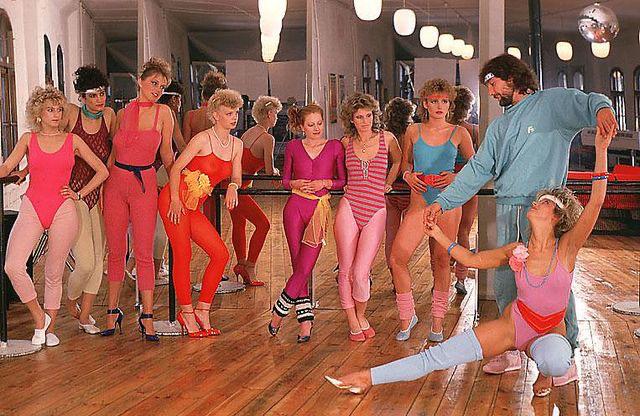
14. Processed Foods vs. Ancient Diets
Ancient diets were largely composed of fresh, whole foods—grains, fruits, vegetables, and lean meats. These required extensive labor, from farming to cooking. Modern convenience foods, loaded with preservatives, artificial flavors, and high levels of sugar and fat, have become a staple in many diets, leading to obesity, diabetes, and other lifestyle diseases.


15. Self-Checkout vs. Cashiers.
In the early ’80s, going to a grocery store meant interacting with a cashier and possibly a bagger, which created more opportunities for social interaction and movement through the store. Modern self-checkout systems make it faster to shop but also more isolating, and many stores now offer curbside pickup, further reducing the need to enter the store at all.
